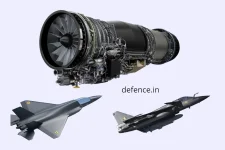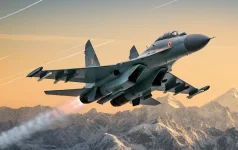- Views: 4K
- Replies: 36
The United States has clarified its position on the sale of fighter aircraft to India under the Medium Multi-Role Fighter Aircraft (MRFA) program at Aero India 2025.
While the F-15EX Eagle II and the F-21 (an India-specific variant of the F-16) are being actively promoted, the advanced F-35 Lightning II is not currently on offer through the standard procurement process, which includes Transfer of Technology (ToT).
US officials confirmed that the F-35 is not part of their initial proposal for the MRFA competition. However, they indicated a potential pathway for India to acquire the F-35 through a Government-to-Government (G2G) agreement. This route, while possible, does not guarantee a successful sale. Any formal request from India for the F-35 would be subject to further discussions and negotiations, with no assurance of a final agreement.
This cautious approach towards offering the F-35 is likely influenced by several geopolitical factors. Concerns about technology proliferation, particularly given India's strategic partnerships and regional tensions with countries like China and Pakistan, may be playing a role. The US government might be hesitant to share the F-35's advanced stealth capabilities and sensor technologies.
Despite the current focus on the F-15EX and F-21, the possibility of a future G2G deal for the F-35 remains open. This suggests that a shift in international relations or a strong commitment from India could lead to renewed discussions. The situation highlights the complexities involved in acquiring high-tech military hardware, where strategic considerations, technology transfer, and geopolitical dynamics heavily influence procurement decisions.
The announcements at Aero India 2025 underscore a selective strategy by the US in its defence offerings to India. While the F-15EX and F-21 present capable options for India's air force modernization, the F-35, though desirable, remains a distant prospect. This scenario exemplifies the intricate nature of international defence collaborations, where strategic interests, technology sharing, and geopolitical factors play a crucial role in shaping outcomes.



